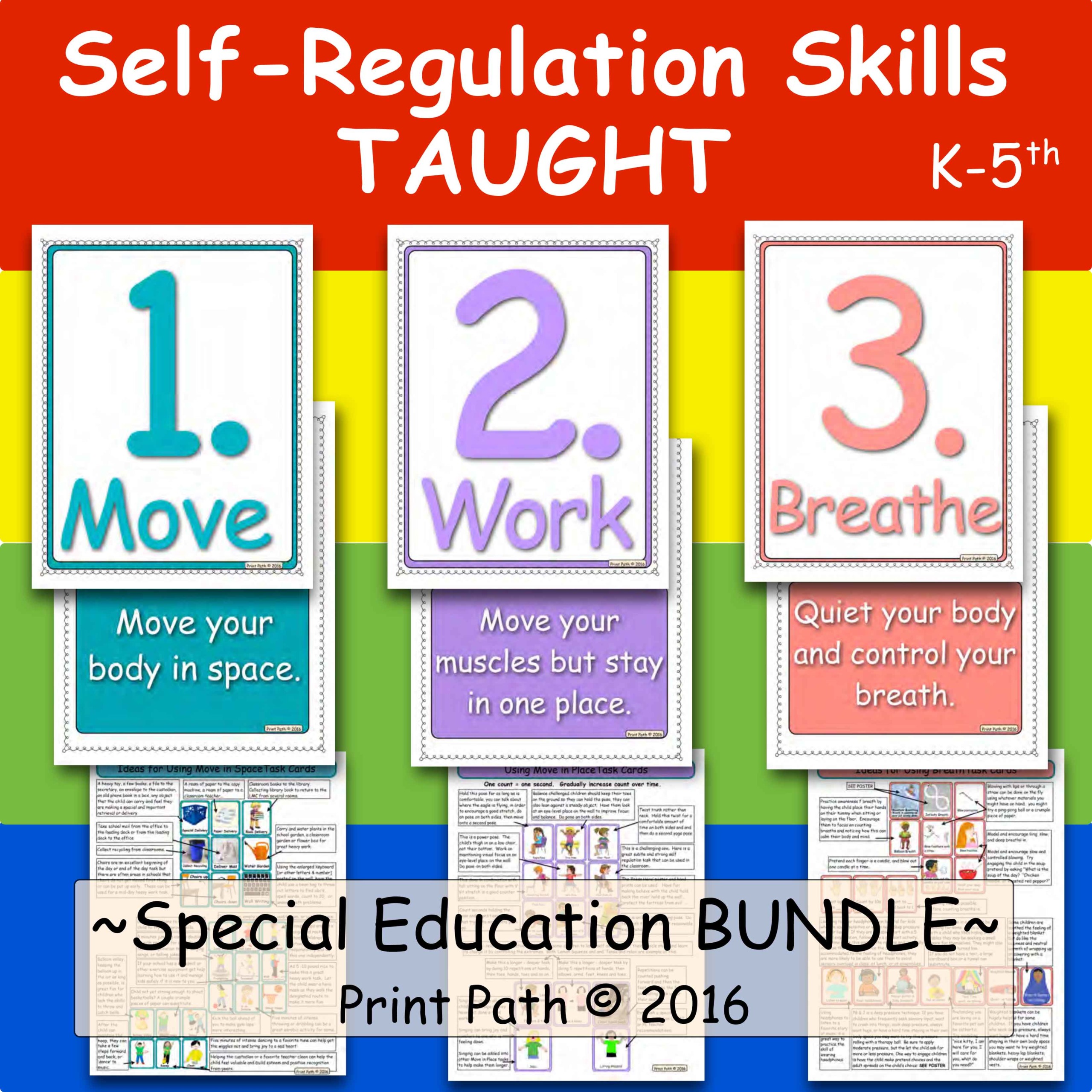Focus and Self Control – 3 Steps to Help Kids Improve
Learning How to Maintain Focus and Self Control Starts at a Young Age
All young children need to learn self control and how to focus. At times, there are children who may need extra help to learn these skills in order to function better in the classroom and at home. It is never too early to start even in infancy. As parents, therapists and teachers sometimes we can dive right into “fixing” an issue rather than take the time to determine what is already working.
Three Steps to Help Children Improve Self Control and the Ability to Focus
Here are three steps to help children improve focus and self control:
Step 1: Find out What Works
To begin with take the time to determine what helps the child maintain self control and focus. Observe very closely at school and at home, when is the child able to stay focused and exhibit self control.
Collect data if necessary to investigate the precursors to when a child is able to maintain self control better than others.
Step 2: Build Upon the Child’s Strengths
Use the approach from what you learned in step 1 to help the child to stay calm and focus.
For example, perhaps the baby is able to control emotions better when swaddled. Maybe the child can maintain self control when in a quiet area. Getting physical activity before academic lessons can help some children stay focused.
Some children are able to maintain self control better when children are able to express their emotions.
Use the strategies right away to establish an environment that makes it easier for the child to maintain self control. If the teacher, parent, therapist or the child is able to figure out exactly what helps them to stay in control and focused, then the child is able to take the initiative to manage his/her own self control. When the child does succeed, recognize his/her efforts with clear, concise, positive reinforcement.
Step 3: Practice the Skills All Day Long
Children need opportunities and time to practice focus and self control. Too much screen time requires zero self control. Be sure to provide daily opportunities for children such as practicing waiting or turn taking when playing games, following two step directions, and free play time.
Provide specific examples to teach the children how to incorporate self control into the child’s everyday routine. Help the child to carry out these strategies throughout the day to assist him/her to stay in control and focused.
Overall, the goal is to use the techniques that the child already has to build upon to further improve self regulation and the ability to focus throughout the day.
Reference: Galinsky, E. (2010) Mind in the Making. NY, NY. Harper Studio.
Self- Regulation Skills Taught: This curriculum provides an effective, time-efficient structured system to provide classroom breaks, improve self-awareness and self advocacy and teach specific self-regulation skills so that kids have tools to use in their classrooms. This system will get kids moving, give them the benefits of a brain power boost [from getting their heart rate up], give them heavy work and isometrics to help them calm down, and help them learn techniques to quiet and control their bodies in order to return to their academic work. FIND OUT MORE.






